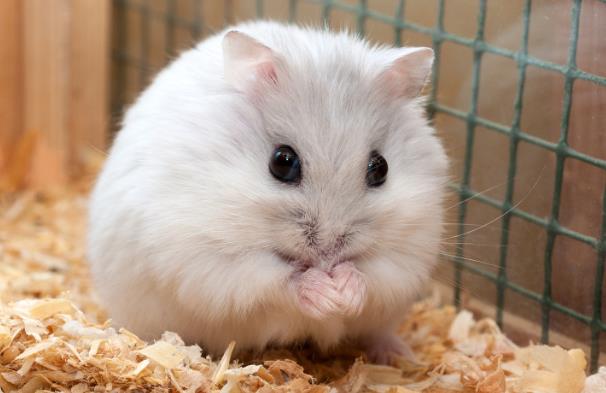Tips for Pet Hamster Breeding include the following aspects:
Living Environment
Temperature Control: The suitable temperature for hamsters to survive is between 20°C and 28°C, with a temperature difference not exceeding 10 degrees. In winter, pay attention to keeping them warm, avoiding direct sunlight and direct wind. In summer, focus on heat relief to prevent them from catching a cold due to the temperature difference caused by air conditioners.

Environment Setup: The hamster cage should be placed in a quiet and well-ventilated area, avoiding direct sunlight and noise. The cage should be equipped with supplies such as water bottles, food bowls, small nests, running wheels, etc., to ensure that the hamsters have enough space to move around.
Diet Management
Main Food: The main food for hamsters should mainly consist of miscellaneous grains, such as cereals, corn, and millet. For side dishes, you can choose fresh vegetables and fruits, such as carrots, cucumbers, spinach, lettuce, apples, and pears. However, avoid feeding fruits and vegetables with high sugar and high water content.
Snacks and Nutritional Supplements: You can appropriately feed some kernel foods with relatively high oil content, such as sesame seeds, melon seeds, and peanuts, but not too much, otherwise it may cause adverse reactions such as loose bowels. You can also feed milk tablets, cheese, etc. as nutritional supplements, but they should not be eaten too much.
Drinking Water: Hamsters should drink boiled and cooled water, avoiding tap water.
Health Management
Disease Prevention: Hamsters can also suffer from some common diseases, such as colds and diarrhea. Regularly take the hamsters to the vet for examinations and pay attention to hygiene and epidemic prevention work to reduce the occurrence of diseases.
Teeth Grinding: Hamsters need to grind their teeth to prevent their teeth from growing too long. You can provide teeth grinding supplies such as apple wood.
Breeding Management
Reasonable Breeding: Select hamsters of appropriate age and good health for mating, avoiding inbreeding. Hamsters have a relatively strong breeding ability, and a litter can produce 5 - 10 pups. Separate the young pups in a timely manner to avoid fights between the same sex.
Through the management of the above aspects, the health and quality of life of pet hamsters can be effectively improved.
